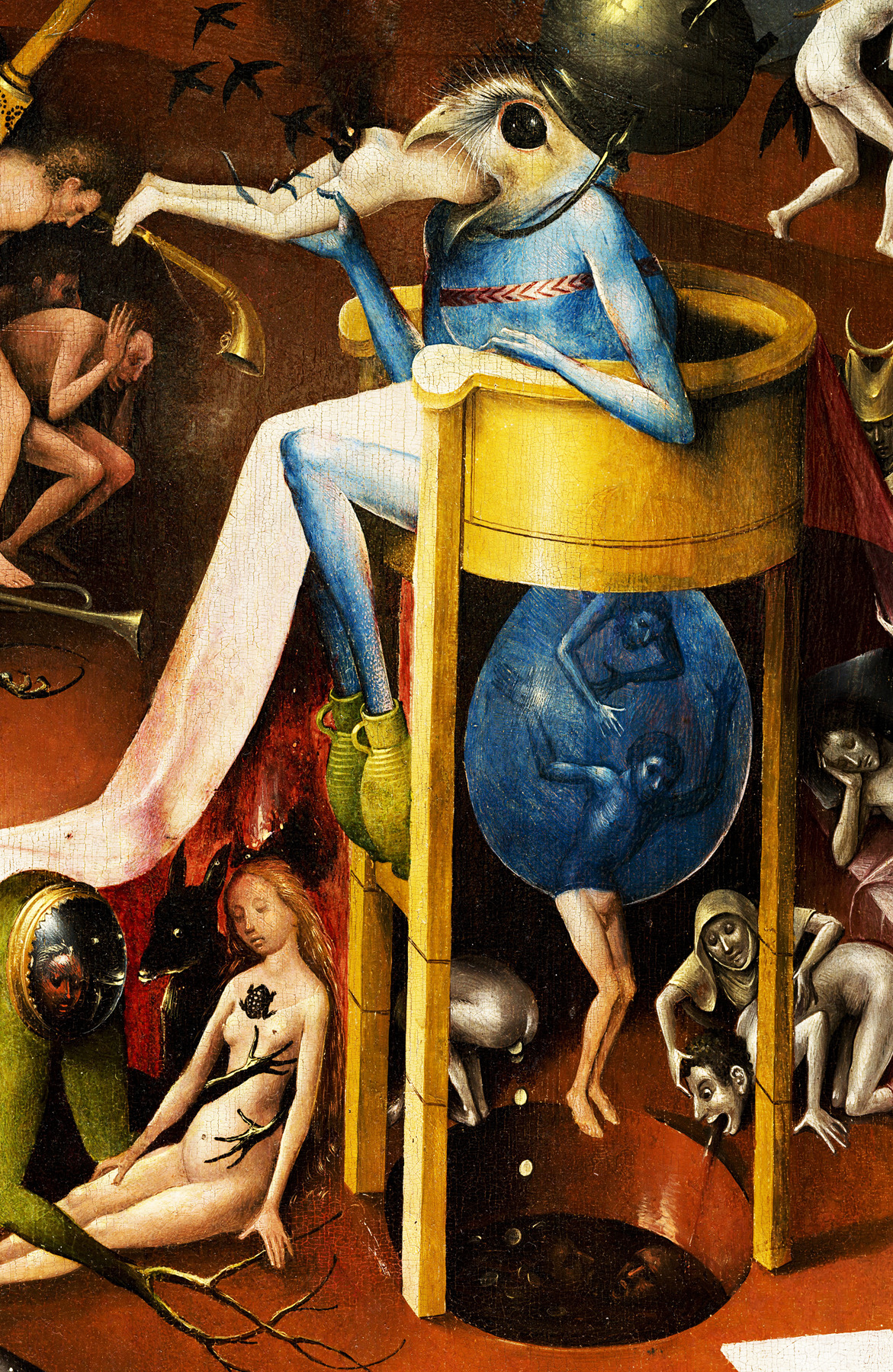Happy
October! Like so many, this is my favorite month and I can’t help but obsess
over Halloween for its entirety. Ever since I started planning this blog back
in May, I knew I wanted to do theme entries for October. So, this month I will
be sharing the darker side of art history with you.
To
start off, I’m going to go with the obvious: The Nightmare by Henry Fuseli. It's a fairly famous painting – I even
have a Nightmare Encyclopedia that uses this as the cover image.
Painted
near the beginning of the Romantic Movement, The Nightmare reflects the public’s growing interest in mysteries
and emotions. Artists had grown tired of religious and court paintings, and
wanted to explore new subjects. Romanticism was also partly a response to the
Enlightenment. Rebelling against rapid scientific discoveries, artists aimed to
prove that science could not explain everything.
Artists
and authors alike began to focus on dark emotions, especially that of fear
(Gothic novels were on a rise.) In this painting, Fuseli captures the mystery
of the subconscious and what happens while you are sleeping. The dark room acts
like the hidden and dark places in our mind. The woman is long-legged and
rubber-boned, making her seem surreal in her own right. However, clothed in
white she seems innocent, making you concerned for the activities occurring during
her unaware state of sleep. Not all innocent, her pose adds a sexual nature to
the scene. The creature on her chest is identified as an incubus (the male counterpart
to a succubus,) which were thought to rape women in their sleep. The horse in
the painting is often attributed as a play on the word “Night-Mare,” but “mares”
were also evil spirits of the night.
Fuseli
left his painting open to interpretation. You can't really be sure if this is an
allegory for unexplained sleeping troubles (night terrors, sleep paralysis,
etc.), “true” happenings, or simply the dreams of this woman made visible.
Sources:
















-149492BADB163ED34E6.jpg)


